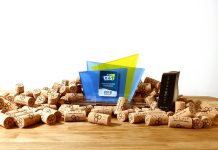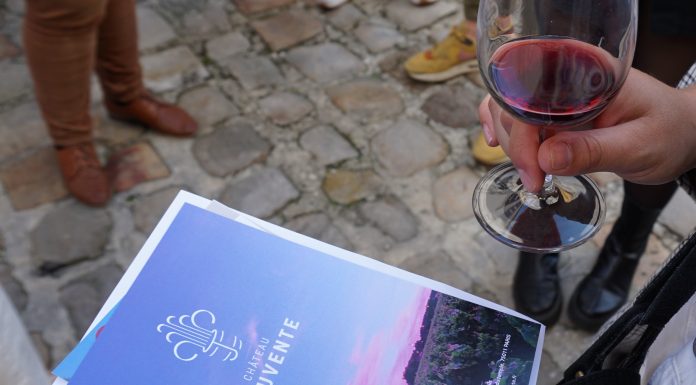A young wine needs to be aired, but how? Why does it need to be aerated? As wines are sold and drunk younger and younger, winemakers have learned how to work them so that they can be drunk younger. But do we really know how can we aerate young wines properly?
What is a young wine?
There is no real age limit for a young wine. A wine is young when it has just been made. A wine is young when it has not yet reached its optimum. Thereafter, all wines age differently. While some are already too old after only 3 years, others are still young at 15 years.
In the common language, we can say that a wine is young when it is younger than 5 years old. And we will tend to say that a wine is old when it is more than 15 – 20 years old.
Which wines are we talking about?
It is rarely advised to age rosé wines, so they are always young. Vintage champagnes are left to age and the younger ones can be aired, but this is special (see Champagne and aeration). Some white wines benefit from ageing but when we talk about young wines we mostly refer to red wines.
How to aerate young wines?
Young wines are quite resistant and contrary to popular belief, they can be aerated a little abruptly. It is with the old wines for which you have to be very careful. So to aerate them, all the traditional techniques are possible, aeration by the glass, open bottle, decanter. You can also use new technologies such as the Aveine aerator.
To speed up the process – it’s not something you can say – but you can sometimes see behind the counters some sommeliers spinning the wine into the carafes. They can also put their thumb on the neck and shake the wine. They do this to degas natural wines but also to air them out. It even happens that some of them also slip a few copper coins into the wine to speed up oxidation.
So is it necessary to aerate young wines?
YES, a big yes. Young wines are the ones that generally benefit the most from aeration. Indeed, young wines have not taken the time to evolve and mature. They are not mature enough, they have not reached their balance. On opening, they often reveal a strong acidity and quite hard tannins.
When the wine is young, it is unstable and particularly moving. Consequently, the oxygenation of a young wine will make its tannins more supple and reduce its acidity.
So for these young wines to reveal their full potential, it is recommended to air them. Aeration will enable them to offer more roundness in the mouth and to reveal all their aromas. That said, some wines will be drunk young and do not necessarily need to be aired. They will reveal a beautiful roundness as soon as they open.
To be sure of how to aerate your wine, don’t hesitate to ask your wine merchant or to use the Aveine application which will tell you exactly how to aerate your wine perfectly.









